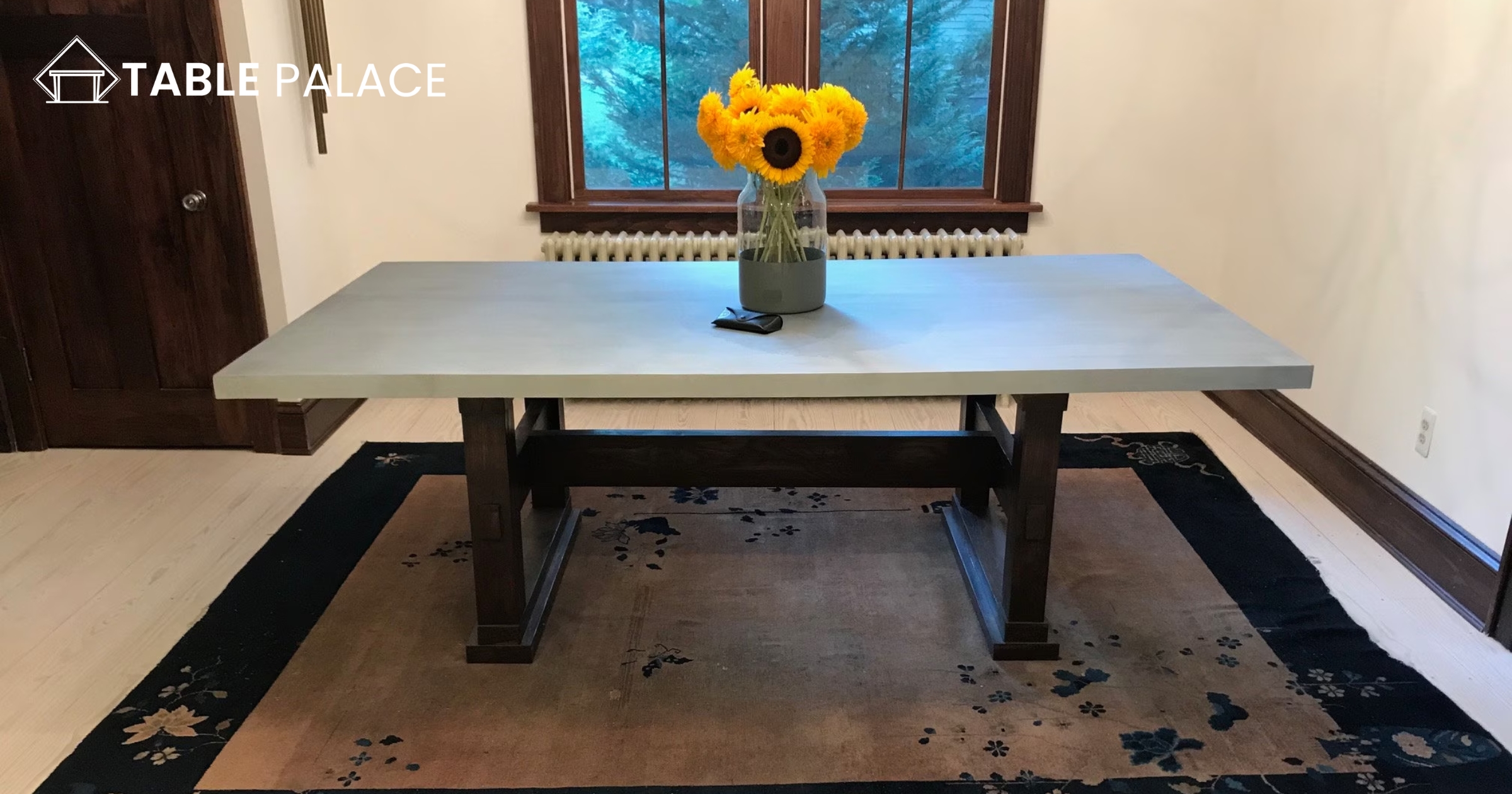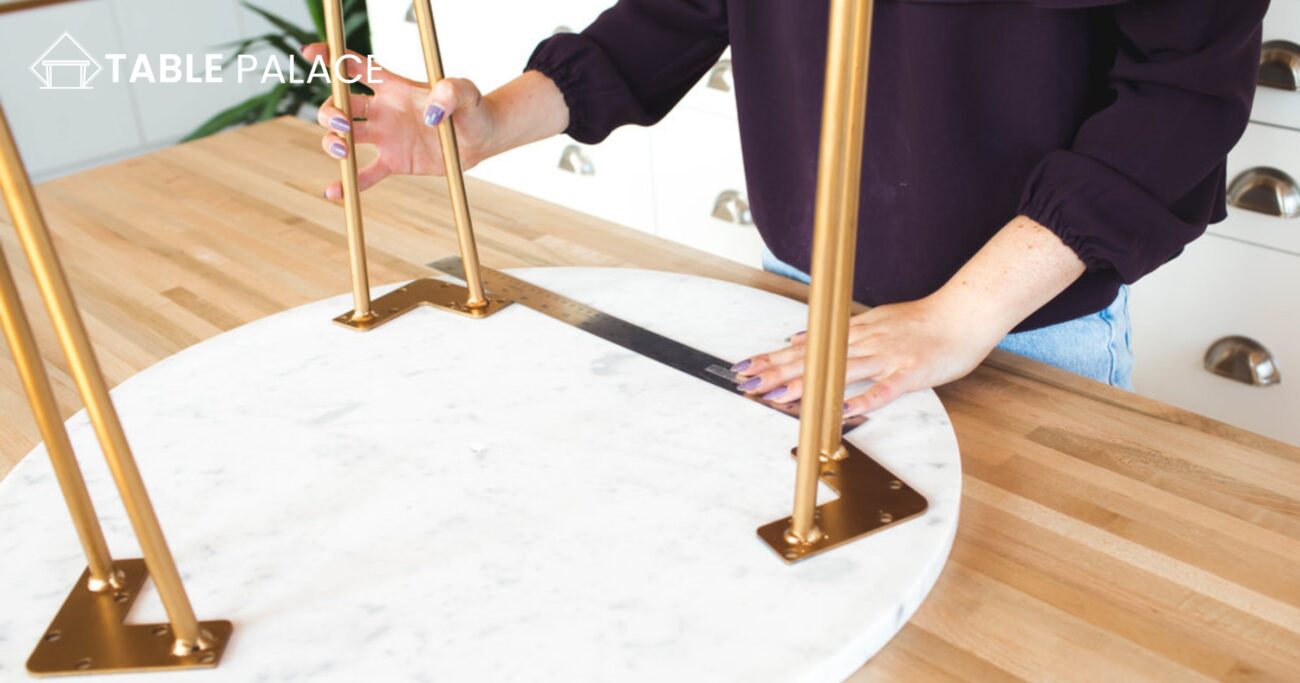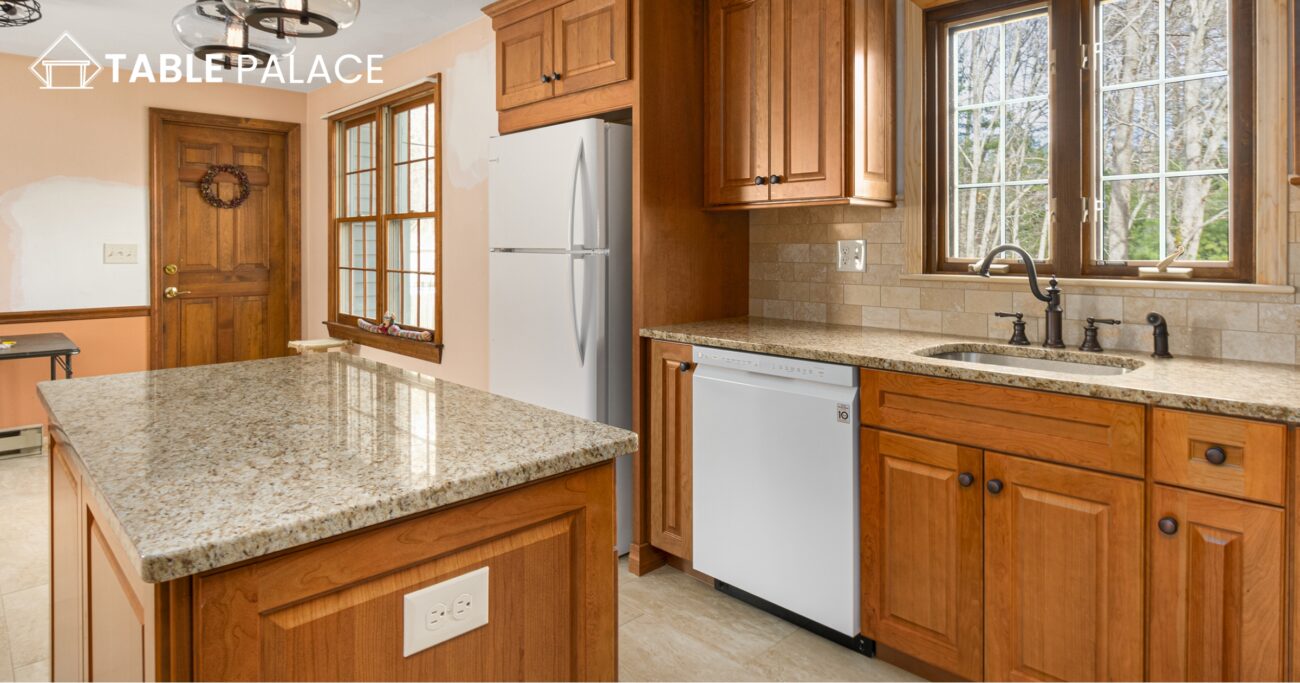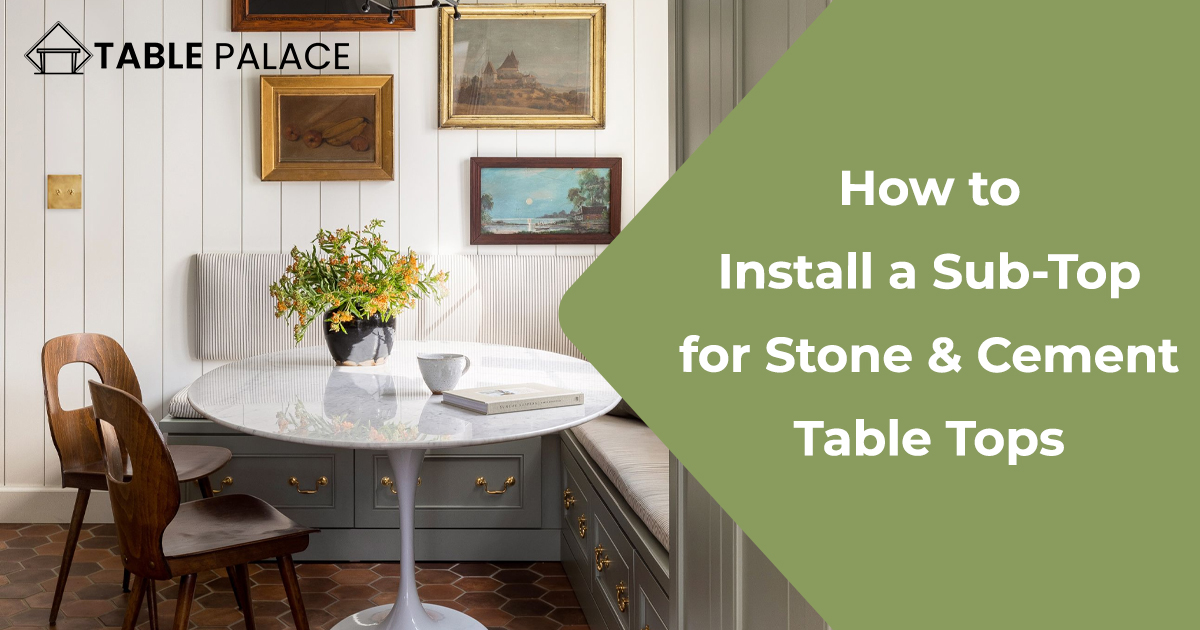Stone and cement table tops are popular for their durability and unique look, but without proper support, they can crack or even break. That’s why installing a sub-top is crucial to ensure the longevity of your table. In this guide, we’ll walk you through the steps on how to install a sub-top for stone and cement table tops, so you can create a sturdy foundation for your beautiful table. Whether you’re a DIY enthusiast or a professional contractor, our step-by-step instructions will help you achieve a successful installation. So, let’s get started!
Step-by-Step Guide of How to Install a Sub-Top:

Step 1:
Measure and Cut the Sub-Top Material Measure the dimensions of your tabletop and cut the sub-top material to size. Make sure to leave extra room for trimming and adjustments later.
Step 2:
Sand and Clean the Surface Before attaching the sub-top, it’s essential to ensure that the table’s surface is clean and smooth. Sand any rough edges or surfaces and wipe down the tabletop to remove dust or debris.
Step 3:
Apply Adhesive Using a construction adhesive, apply a thin and even layer to the tabletop’s surface. Make sure to cover the entire surface, leaving no gaps.
Step 4:
Place the Sub-Top Material Carefully place the sub-top material onto the Adhesive, aligning it with the tabletop’s edges. Press down firmly to ensure a tight seal.
Step 5:
Trim and Adjust any excess material from the edges of the sub-top and make any necessary adjustments to ensure a perfect fit.
Step 6:
Allow to Dry. Allow the Adhesive to dry completely before using the table. Depending on the Adhesive used, this can take anywhere from 24-48 hours.
How do you attach a stone table top to the base?
If you’re a table builder or maker, you know that attaching a stone tabletop to the base can be a tricky task. However, with the right tools and techniques, it’s a task that can be accomplished with ease.

The first step in attaching a stone tabletop to the base is to ensure that both the base and the tabletop are clean and free of debris. This is important because any dirt or debris can interfere with the Adhesive and cause it not to bond correctly.
Once the base and tabletop are clean, you’ll need to select the suitable Adhesive for the job. Epoxy is an excellent choice for attaching stone tabletops because it is solid and durable and will bond well to the stone and the base.
Next, apply the Adhesive to the base. Be sure to apply it evenly and in a thin layer. Then, carefully place the tabletop onto the base, ensuring it is appropriately aligned.
It’s important to note that epoxy takes time to cure, so you’ll need to give it enough time to dry and set. Generally, it takes 24 hours for the Adhesive to cure fully.
Once the epoxy has cured, your stone tabletop will securely attach to the base. To ensure the longevity of your table, it’s essential to place it in a location where it won’t be exposed to excessive moisture or heat.
Attaching a stone tabletop to the base may seem daunting at first, but with the right tools and techniques, it’s a task that can be accomplished with ease. Epoxy is an excellent choice for attaching stone tabletops because it is solid and durable and will bond well to the stone and the base. Remember to allow enough time for the Adhesive to cure before using the table, and take care of it in the right location to ensure its longevity.
How do you stabilize a top-heavy table?
- Identify the problem: Before you can stabilize a top-heavy table, you need to understand why it is top-heavy in the first place. Is it due to an uneven weight distribution on the tabletop, or is it due to a lack of support from the table legs?
- Assess the table’s structure: Look at the table’s legs and see if they are sturdy enough to support the weight of the tabletop. If not, you may need to replace the legs or add additional supports.
- Add additional supports: If the table legs are not sturdy enough, you can add additional supports. This can be done by adding a center support beam or cross-braces to the legs.
- Balance the weight distribution: If the table top is unevenly distributed, you can balance it by adding weight to the lighter side. This can be done by adding a decorative item or a heavy book to the lighter side.
- Use a level: Once you have adjusted the table, use it to ensure it is stable and even. If the table still needs to be leveled, make further adjustments.
- Consider adding wheels: If the table is frequently moved, consider adding wheels to the legs. This will make it easier to move the table and help prevent it from becoming top-heavy.
- Regularly check for stability: Even after stabilizing your table, it’s essential to check for stability regularly. Make sure to keep an eye on the table’s legs and supports to ensure they are not becoming loose or worn over time.

Following these steps, you can stabilize a top-heavy table and ensure it is safe and stable. Whether you’re a table builder or maker, these tips will help you create tables built to last.
Conclusion:
Installing a sub-top for your stone or cement table top is a simple and affordable way to add visual interest and protect your table’s surface. By following these step-by-step instructions, you’ll be able to complete the process quickly and easily. Remember to take time, measure carefully, and use a high-quality adhesive for the best results.
Frequently Asked Questions:
Can I use a different type of Adhesive?
While different types of Adhesive can be used, it’s essential to choose one designed explicitly with stone or cement. This will ensure a strong bond and long-lasting results.
Can I use a sub-top on a glass table top?
While it’s technically possible to use a sub-top on a glass table top, it’s not recommended. Glass is a fragile material, and adding a sub-top can increase the risk of damage.
How long does it take for the Adhesive to dry?
Drying time can vary depending on the Adhesive used, but it typically takes 24-48 hours for the Adhesive to dry completely.
Can I use a sub-top on any tabletop?
Subtops can be used on most table tops, including stone and cement. However, it’s essential to ensure the surface is clean, smooth, and free of debris before attaching the sub-top. Additionally, some materials, such as Glass, may not be suitable for use with a sub-top.

